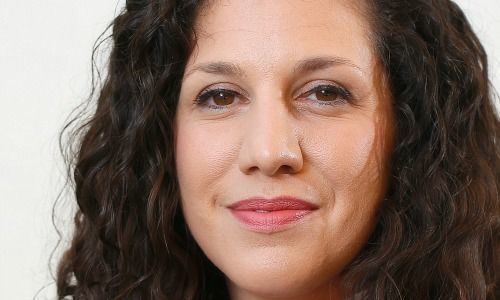UN Sustainable Development Goals: Investors Urgently Needed
In 2015, the 17 global UN Sustainable Development Goals were adopted by all world leaders in a move to address challenges relating to poverty, inequality, the climate crisis, environmental degradation, peace and justice by 2030. What has happened since then? Here is an overview.
By Katharina Sommerrock, Director Investor Relations and Business Development at LGT Lightstone
At first glance, positive progress has been made on several fronts since the adoption of the UN’s Sustainable Development Goals (SDGs) four years ago: extreme poverty and child mortality are decreasing, access to energy and decent work is increasing.
But at the beginning of November last year, António Guterres, UN Secretary-General, provided a rather sobering update in the «Financial Times»: «…overall, we are seriously off-track. Hunger is rising, half the world’s people lack basic education and essential healthcare, women face discrimination and disadvantage everywhere.»
National Strategies
Guterres’s statements are based on the findings of the «Sustainable Development Goals Report 2019», which aims to determine whether the action currently being taken is creating the right basis for achieving the SDGs. The report shows that progress is being made in a number of critical areas and that several positive trends can be identified.
In addition to the successes mentioned above, it is worth mentioning that nations are taking concrete measures to protect our planet: since 2010, marine protected areas have doubled; countries are working together to combat illegal fishing, and 186 parties have ratified the Paris Agreement on climate change. Some 150 countries have developed national strategies to respond to the challenges of rapid urbanization, and 71 countries and the European Union now have more than 300 strategies and instruments in place to support sustainable consumption and production.
Getting Off Track
However, the report above all shows that much remains to be done and that many indicators have improved too slowly or even deteriorated in recent years. Urgent action is needed, among others, in the following areas:
- The growing inequality between and within nations requires urgent attention. Three-quarters of underdeveloped children live in Southern Asia and sub-Saharan Africa; extreme poverty is three times higher in rural areas than in urban areas; young people are more likely to be unemployed than adults; only one-quarter of people with severe disabilities receives a disability pension; and women and girls still face obstacles in achieving equality.
- 2018 was the fourth warmest year on record. The rise in carbon dioxide concentration continued in 2018. Ocean acidity is 26 percent higher than in pre-industrial times and at the current rate of CO2 emissions, is expected to increase by 100 percent to 150 percent by 2100.
- The number of people living in extreme poverty has fallen from 36 percent in 1990 to 8.6 percent in 2018, but the pace of poverty reduction is beginning to slow due to entrenched discrimination, violent conflicts and vulnerability to natural disasters.
- After an extended decline, global hunger has increased again.
Reasons For Slow Progress
It is clear that the approaches, measures, and resources used to date are not sufficient to make quantifiable progress in achieving the SDGs and to make them a reality by 2030. According to Guterres’s opinion piece in the «FT», he sees a lack of funding as one of the reasons for the slow progress.
Public funding from governments is not enough; private investment is needed to close the gap, as is a regulatory and political framework that is conducive to this end. This is also underlined in the Inter-Agency Task Force on Financing for Development’s «Financing for Sustainable Development Report (FSDR) 2019». To address this shortcoming, the Secretary-General convened the Global Investors for Sustainable Development (GISD) Alliance in October 2019 as part of his strategy for financing the 2030 Agenda for Sustainable Development.
Hope Lies With Private Sector
The GISD Alliance consists of 30 CEOs, recognized leaders of major financial institutions and corporations from all regions of the world, and aims to use the insights of executives in the private sector to remove obstacles and find solutions in order to mobilize resources for sustainable development. After all, the SDGs also offer opportunities for investors: the report «Better business, better world» lists 60 growth areas related to the achievement of the global goals in four segments: food and agriculture, cities, energy and materials, and health and well-being.
The progress made to date makes it clear that the hope for achieving the SDGs lies primarily with the private sector. We must bring companies and investors together and create the right framework conditions. That is the only way we can create a sustainable future for ourselves and the generations after us, in which «people, the planet and profits» are in equilibrium.
Katharina Sommerrock has worked in the area of sustainable investing at LGT since 2013, with a particular focus on impact investing and venture philanthropy. She is currently responsible for investor relations and business development at LGT Lightstone, LGT’s global platform for direct private equity impact investments. Prior to joining LGT, she studied business administration and worked for eight years at the international management consultancy Bain & Company, where she was primarily responsible for advising financial and private equity companies. During that time, she also completed her dissertation on social entrepreneurship – a topic that has since become an integral part of her professional life.












